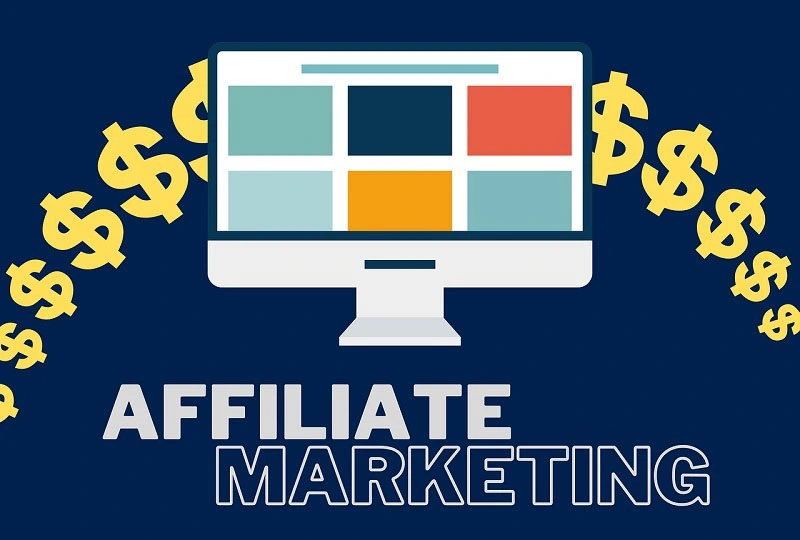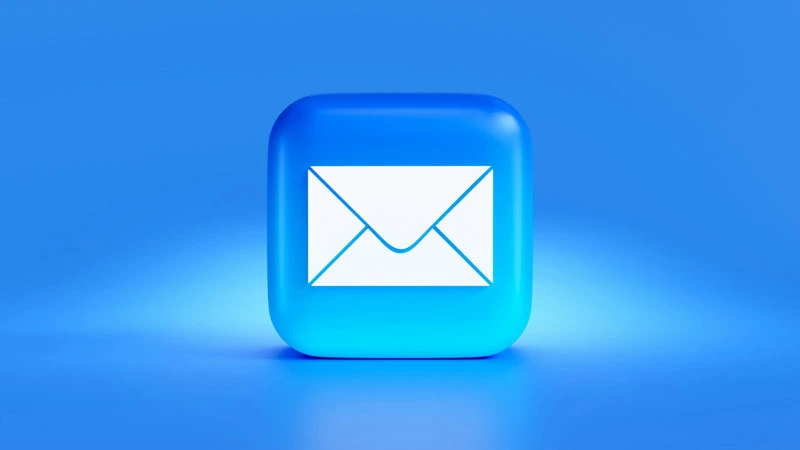
Can Affiliate Marketing Really Make You Money or Is It a Myth?
Affiliate marketing is a performance-based model where people, known as affiliates, earn a commission for promoting another company’s products or services. This is typically done

Digital marketing has become an efficient method for various types of businesses to interact with consumers, increase brand awareness, and drive leads and transactions. Among the various approaches available, email marketing is an important strategy that every business should implement because it can provide broad reach at an affordable cost.
Email marketing first appeared in 1978. At that time, this method managed to generate up to 13 million dollars in revenue, making it a promising marketing strategy.
According to HubSpot, email marketing is neither spam nor just a message from an old friend. Simply put, email marketing is somewhere in between: targeted, relevant, and business-oriented emails. This strategy utilizes email as a communication medium between a company and its audience, both existing customers and potential customers.
Through email marketing, businesses can send various types of content, from promotions, product updates, newsletters, and other useful information. If managed properly, this technique not only serves as a means of conveying information but also helps build strong, lasting relationships with customers.

When compared to other strategies such as social media marketing, email marketing may seem more traditional. However, in terms of effectiveness in building long-term relationships with customers, this method can actually be superior. Consistent, relevant, and valuable emails can capture the hearts of customers and make them look forward to every new message from a company.
Furthermore, email marketing has been proven to have a high rate of new customer acquisition. According to WBR Digital data, its success rate reaches 81%, significantly higher than social media marketing, which only has a 51% success rate.
Another advantage is its relatively low cost. A study from the Direct Marketing Association shows that for every $1 invested in email marketing, the potential return can reach up to $40. This means that email marketing is not only effective but also highly cost-efficient.

In addition to tailoring the message content, this email strategy also needs to be presented in a way that captures attention. Several creative ideas can be implemented to produce emails that appear fresher, more relevant, and more engaging than other campaigns, thus increasing the chance of interaction with recipients.

The first step in designing a marketing strategy is understanding the patterns and habits of potential customers. It is important to research their profiles, interests, and preferences to develop a clear picture.
With this understanding, email content can be crafted that is relevant, engaging, and tailored to the audience’s needs, thus increasing the chances of engagement and a positive response.

Providing suggestions tailored to each customer’s interests can be an effective step in an email marketing strategy. Relevant product or service recommendations can be compiled through analysis of shopping history, searches, and personal tendencies.
This approach demonstrates an understanding of the audience’s needs, helps build rapport, increases trust, and opens up opportunities for revenue growth.

Segment your email list by dividing recipients into specific groups based on similar characteristics, such as location, interests, or habits. This approach facilitates the delivery of more targeted messages, reducing the likelihood of messages being deemed unimportant, ignored, or even reported as spam. Furthermore, neatly structuring groups also supports increased engagement and maintains long-term customer loyalty.

Adding the right call-to-action (CTA) is crucial for a successful marketing campaign. Choose wording that encourages recipients to take immediate action, such as “shop now” or “download a free guide.” Some brands in Indonesia have even started using more expressive phrases like “Save My Name!” or “I Don’t Want to Miss Out!”. With short, compelling, and relevant CTAs, the chances of interaction and conversion will increase.

Setting sales targets via email requires understanding market conditions. Conduct research to determine the average transaction volume achieved through email strategies in similar sectors. This data can serve as a baseline for determining your desired goals. Next, ensure you have valid email usage information to ensure your targets are realistic. This way, your plan will be more measurable and deliver optimal results.

Determine the type of campaign you will run before starting to send emails. The campaign selection should be tailored to the characteristics of the recipients you have grouped into a list. This will ensure the messages sent are more relevant, targeted, and have a greater chance of generating a positive response.

Showcase products or services in emails so recipients can learn more about them. Include quality photos, a brief but clear description, a cost breakdown, and frequently asked questions to help them understand their benefits. Also, include links to catalogs or dedicated pages to further pique reader interest.

Evaluate and analyze the achievements of your marketing campaigns. After implementing various strategies, it’s important to define success indicators to clearly demonstrate the effectiveness of each step. Furthermore, measurement results can serve as a reference for improving and developing future strategies.

When developing a marketing strategy, there are important regulations that must be complied with, namely regulations regarding email delivery. These provisions directly relate to recipients’ rights, especially regarding the use of the personal data they have submitted. Transparency is key to ensuring that all information is used for its intended purpose.
In practice, there are a number of guidelines that must be followed to ensure that marketing activities remain ethical and professional. Here are some points worth noting.

The first thing to consider is compliance with the CAN-SPAM regulation. This term is an acronym for Controlling the Assault of Non-Solicited Pornography and Marketing, a regulation in the United States that regulates the use of commercial email to prevent it from being disruptive or spammy. This regulation was created to protect recipients from irrelevant content while ensuring that digital marketing practices are conducted ethically and transparently.

GDPR, or General Data Protection Regulation, is a data protection regulation designed to improve the security of personal information. Implementing this regulation is believed to build trust and create more sustainable bonds between businesses and consumers.
Email is a cost-effective and low-risk marketing method. Through this method, businesses can try different types of campaigns and message variations to determine which approach best resonates with recipients. When executed correctly, email marketing can be an effective tool for building stronger relationships while helping achieve marketing goals.

Affiliate marketing is a performance-based model where people, known as affiliates, earn a commission for promoting another company’s products or services. This is typically done

Genshin Impact offers an interactive game packed with a wide range of characters, each bringing distinct abilities, elemental skills, and personalities. Over time, constant updates

Keeping a cat is indeed enjoyable. They can be loyal, playful companions, and bring a warm atmosphere to the home. However, caring for them requires